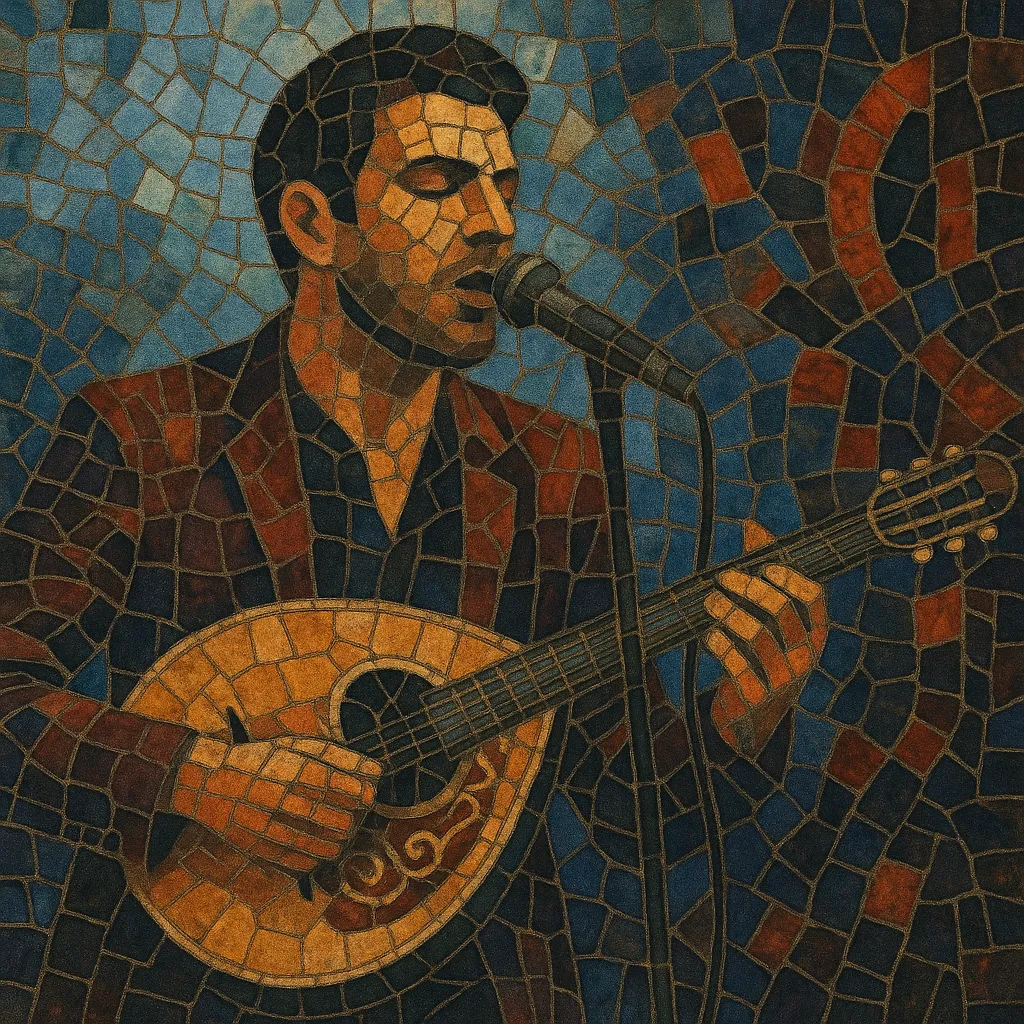Modern laiko (σύγχρονο λαϊκό) is the contemporary, pop-oriented evolution of Greek laïko, blending the bouzouki-centered sound of classic urban folk with mainstream pop and rock production.
It typically features verse–chorus song forms, hook-driven choruses, and emotive, melismatic vocals. Rhythms draw on traditional Greek meters such as zeibekiko (9/8), tsifteteli (4/4, belly-dance feel), and chasapiko (2/4), but are often underpinned by drum machines, electric bass, and glossy keyboards. Harmony leans on minor keys and modal colors (Hijaz/Hicaz and related tetrachords) while maintaining accessible pop progressions.
Lyrical themes revolve around love, heartbreak, longing, nightlife, and urban identity, delivered with a nightclub-ready polish that suits Greece’s bouzoukia venue culture as well as radio and chart formats.
Modern laiko emerged in the 1980s as Greek popular music updated classic laïko with studio technology, electric instruments, and pop songwriting. While rooted in the urban traditions shaped by rebetiko and mid‑century laïko, producers began incorporating disco’s rhythmic drive, rock backline, and radio-friendly structures.
In the 1990s and early 2000s, the style dominated Greek charts and nightlife, powered by major labels, music television, and the bouzoukia club circuit. Artists fused bouzouki riffs with synth pads, gated drums, and big-chorus refrains. Crossovers with dance-pop and europop broadened its reach, and many hits circulated across the Balkans, where modern laiko’s melodic language resonated with neighboring pop-folk scenes.
In the streaming era, modern laiko retained its core (bouzouki/melodic modes, emotive vocals) while absorbing contemporary production—EDM textures, trap-influenced drum programming, and streamlined pop forms. The scene continues to thrive in live venues and on digital platforms, sustaining a cycle of club-tested singles and ballads that balance tradition and modern polish.


